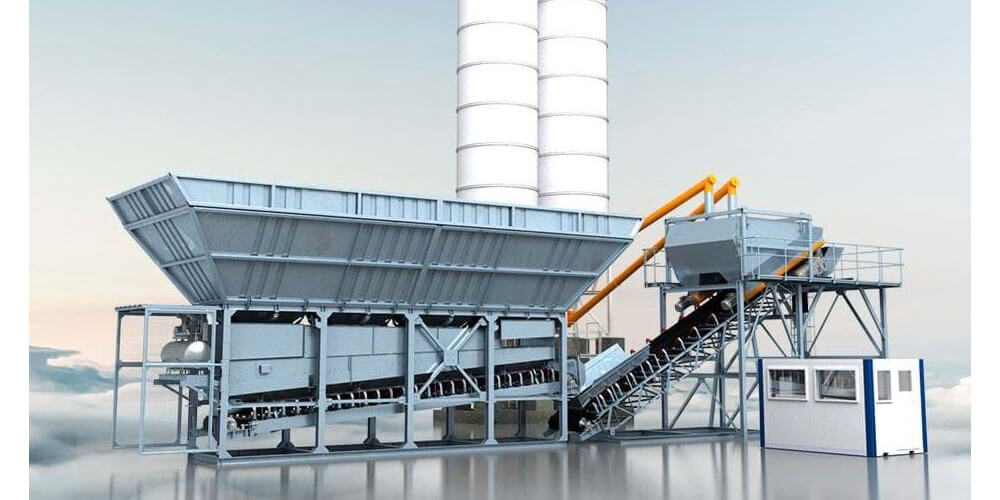There are two significant processes involved in the food and medical industries- blending and mixing granules and powders. This blog post highlights the primary differences between blending and mixing substances. It also provides a considerable guide based on the granule types and foods often combined in the two industries. Eventually, you will learn how to develop some requirements when outsourcing the machines for blending granular food processors.
Understanding the process of mixing granules
The segregation of various materials often accompanies the mixing process of a granular solid. But the basics of the comprehensive process are usually not adequately understood. This article analyses the size and density segregation of circular particles through different theory and computations movement equations.
How to mix granules
Various computations for various elastic particles and inelastic ones are often conducted in the process of mixing granules. General expressions for fluxes segregation given the pressure ejected on the materials are derived too. In the process, simplified equations can be obtained. That is when it comes to the limiting cases of fractions as well as asme size particles.
The mixing process of granules and other materials offers fascinating examples of various pattern formations and self-organization. Additional mixing action would increase with vigorous shaking as well as faster tumbling. But that would not guarantee an impeccable mixing system given that the mixtures are from different materials and have differential densities.
Self-organizing results
You can have self-organizing results hailing from two competing effects, such as the chaotic advection and mixing in the case of certain fluids. The array or alignment of certain behaviors is suitable for the non-linear base inspection.
Besides, the interplay with the experiments is often immediate. Therefore, such systems can contain simple examples of granules co-existing between the chaos. Mixing occurs when two to more substances are yoked together in a speedy, vigorous manner. That way, you will end up with a homogenous product.
When products are mixed using a blender, they are associated with the combination of various solids and large quantities of fluids—for example, creams and soups, mayonnaise, and margarine, and doughs. In several cases, agitation may be increased to fasten the process of combining materials. This can occur when mixing roux and cheese or custards. When mixing, you should be careful enough to tailor the products to their capabilities.
If poorly mixed, the results would form lumps or unwanted air in the mixture. On the other hand, blending occurs when the combinations are combined in a slightly gentle manner such that they are not separable. However, they should not be homogenous. Blending is often linked to the number of dry solids with slightly smaller amounts of fluids.
If done poorly, the blending of solids would lead to various issues, such as products settling out when being shipped to their preferred destination.
Final Thoughts
A dry mortar production line can be used to mix granules. Even so, it is essential to understand what it takes to combine the mixtures successfully. That way, you will be better placed to manage the entire process.
